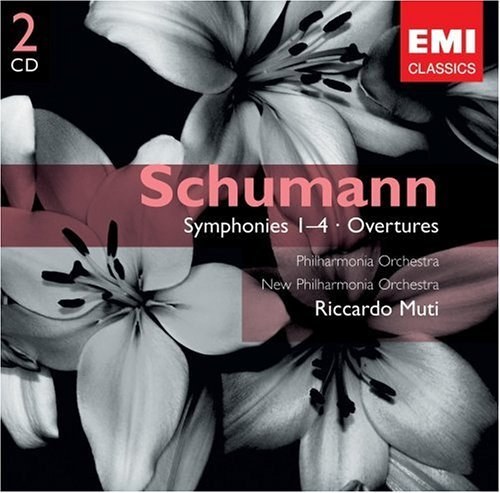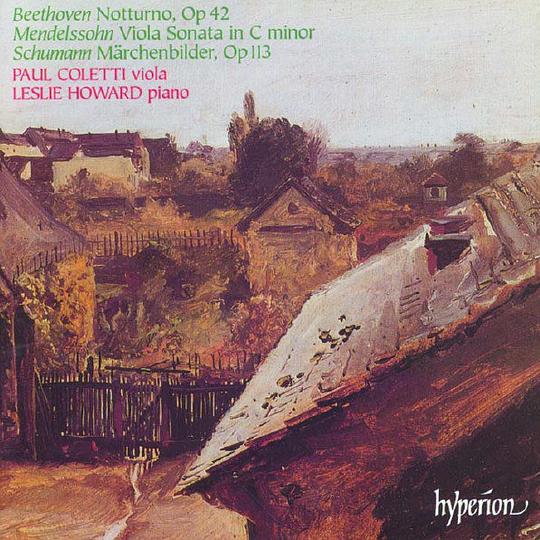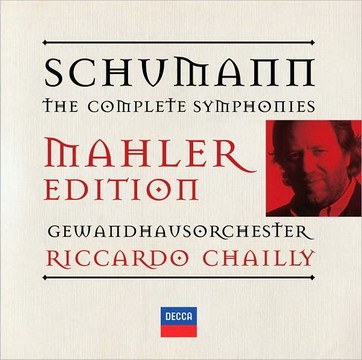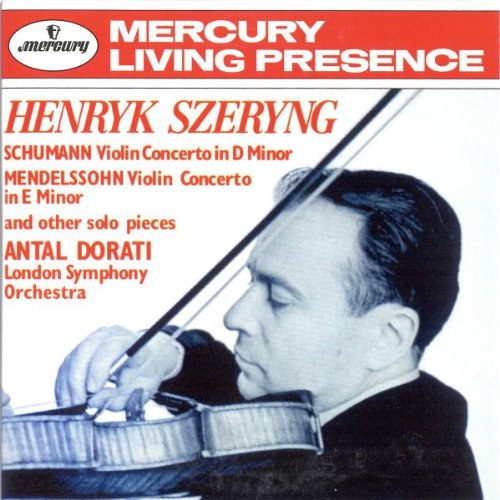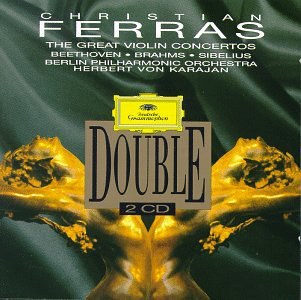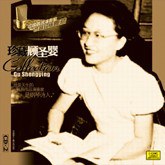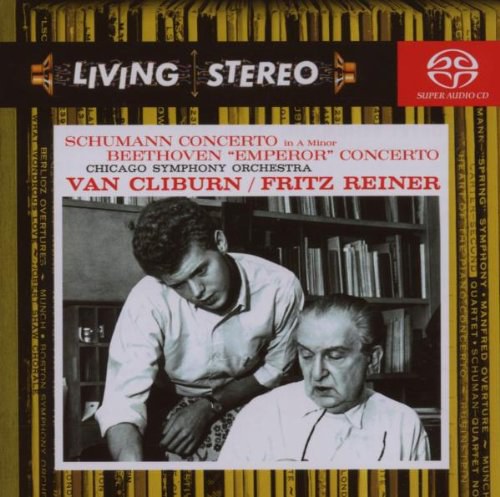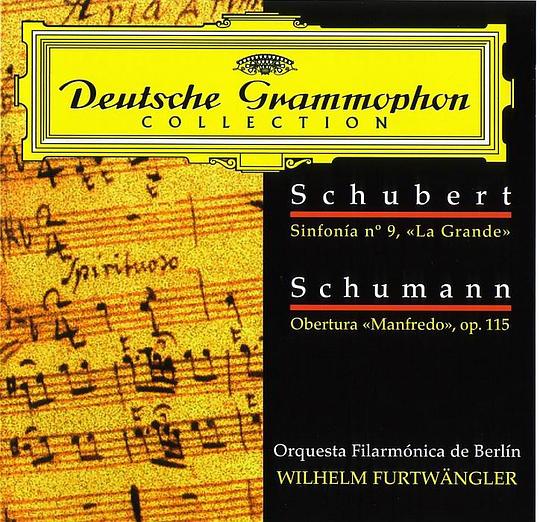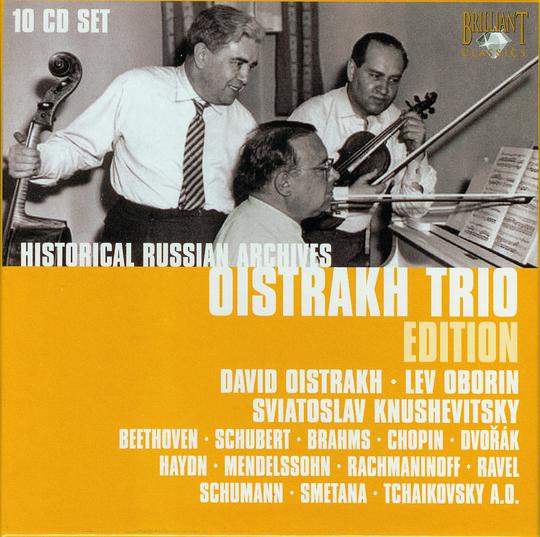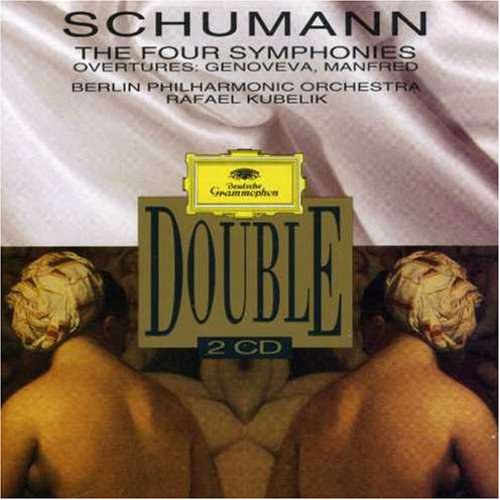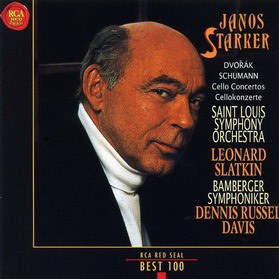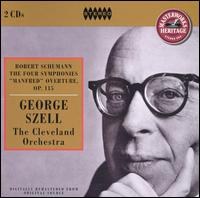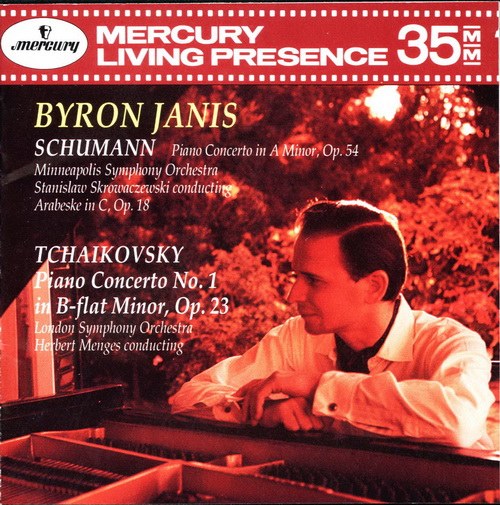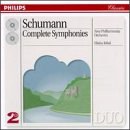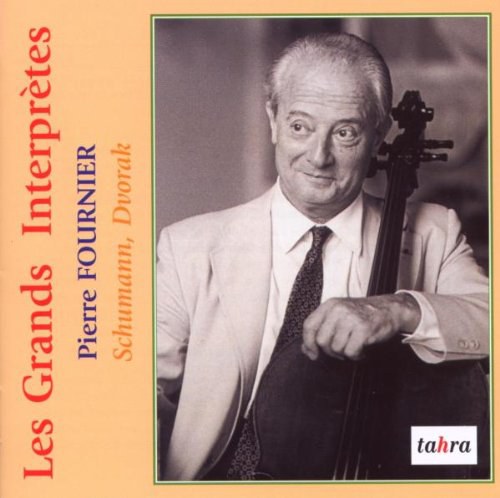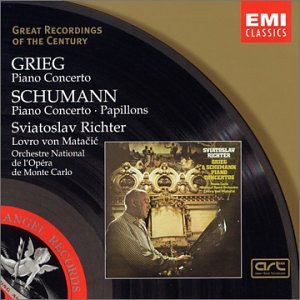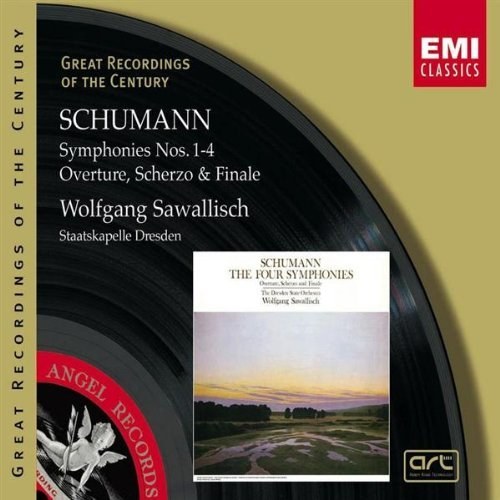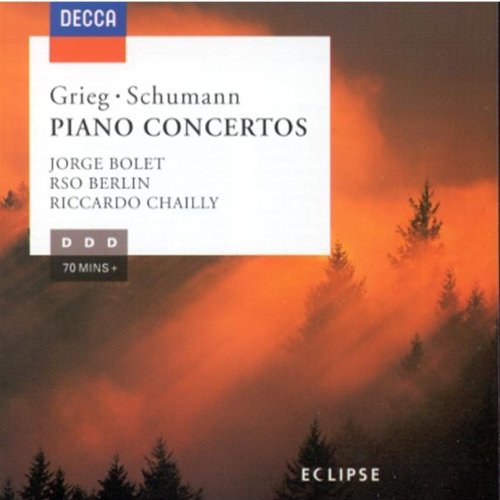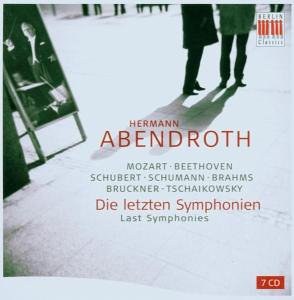穆蒂:舒曼交响曲全集 豆瓣
Robert Schumann
/
Riccardo Muti
…
发布日期 2006年11月21日
出版发行:
EMI Classics
Disc 1:
01 Die Braut von Messina - Overture in C minor Op. 100 (1991 Digital Remaster)
02 Symphony No. 1 in B flat Op. 38 (Spring) (1991 Digital Remaster): I. Andante poco maestoso - Allegro molto vivace
03 Symphony No. 1 in B flat Op. 38 (Spring) (1991 Digital Remaster): II. Larghetto
04 Symphony No. 1 in B flat Op. 38 (Spring) (1991 Digital Remaster): III. Scherzo (Molto vivace) - Trio I - Trio II
05 Symphony No. 1 in B flat Op. 38 (Spring) (1991 Digital Remaster): IV. Allegro animato e grazioso
06 Symphony No. 2 in C Op. 61 (1991 Digital Remaster): I. Sostenuto assai - Allegro ma non troppo
07 Symphony No. 2 in C Op. 61 (1991 Digital Remaster): II. Scherzo (Allegro vivace) - Trio I - Trio II
08 Symphony No. 2 in C Op. 61 (1991 Digital Remaster): III. Adagio espressivo
09 Symphony No. 2 in C Op. 61 (1991 Digital Remaster): IV. Allegro molto vivace
Disc 2:
01 Hermann und Dorothea - Overture in B minor Op. 136 (1991 Digital Remaster)
02 Symphony No. 3 in E flat Op. 97 (Rhenish) (1991 Digital Remaster): I. Lebhaft
03 Symphony No. 3 in E flat Op. 97 (Rhenish) (1991 Digital Remaster): II. Scherzo (Sehr mäßig)
04 Symphony No. 3 in E flat Op. 97 (Rhenish) (1991 Digital Remaster): III. Nicht schnell
05 Symphony No. 3 in E flat Op. 97 (Rhenish) (1991 Digital Remaster): IV. Feierlich
06 Symphony No. 3 in E flat Op. 97 (Rhenish) (1991 Digital Remaster): V. Lebhaft
07 Symphony No. 4 in D minor Op. 120 (1991 Digital Remaster): I. Ziemlich langsam - Lebhaft
08 Symphony No. 4 in D minor Op. 120 (1991 Digital Remaster): II. Romanze (Ziemlich langsam)
9 Symphony No. 4 in D minor Op. 120 (1991 Digital Remaster): III. Scherzo (Lebhaft) & Trio
10 Symphony No. 4 in D minor Op. 120 (1991 Digital Remaster): IV. Lebhaft - Schneller - Presto
01 Die Braut von Messina - Overture in C minor Op. 100 (1991 Digital Remaster)
02 Symphony No. 1 in B flat Op. 38 (Spring) (1991 Digital Remaster): I. Andante poco maestoso - Allegro molto vivace
03 Symphony No. 1 in B flat Op. 38 (Spring) (1991 Digital Remaster): II. Larghetto
04 Symphony No. 1 in B flat Op. 38 (Spring) (1991 Digital Remaster): III. Scherzo (Molto vivace) - Trio I - Trio II
05 Symphony No. 1 in B flat Op. 38 (Spring) (1991 Digital Remaster): IV. Allegro animato e grazioso
06 Symphony No. 2 in C Op. 61 (1991 Digital Remaster): I. Sostenuto assai - Allegro ma non troppo
07 Symphony No. 2 in C Op. 61 (1991 Digital Remaster): II. Scherzo (Allegro vivace) - Trio I - Trio II
08 Symphony No. 2 in C Op. 61 (1991 Digital Remaster): III. Adagio espressivo
09 Symphony No. 2 in C Op. 61 (1991 Digital Remaster): IV. Allegro molto vivace
Disc 2:
01 Hermann und Dorothea - Overture in B minor Op. 136 (1991 Digital Remaster)
02 Symphony No. 3 in E flat Op. 97 (Rhenish) (1991 Digital Remaster): I. Lebhaft
03 Symphony No. 3 in E flat Op. 97 (Rhenish) (1991 Digital Remaster): II. Scherzo (Sehr mäßig)
04 Symphony No. 3 in E flat Op. 97 (Rhenish) (1991 Digital Remaster): III. Nicht schnell
05 Symphony No. 3 in E flat Op. 97 (Rhenish) (1991 Digital Remaster): IV. Feierlich
06 Symphony No. 3 in E flat Op. 97 (Rhenish) (1991 Digital Remaster): V. Lebhaft
07 Symphony No. 4 in D minor Op. 120 (1991 Digital Remaster): I. Ziemlich langsam - Lebhaft
08 Symphony No. 4 in D minor Op. 120 (1991 Digital Remaster): II. Romanze (Ziemlich langsam)
9 Symphony No. 4 in D minor Op. 120 (1991 Digital Remaster): III. Scherzo (Lebhaft) & Trio
10 Symphony No. 4 in D minor Op. 120 (1991 Digital Remaster): IV. Lebhaft - Schneller - Presto
